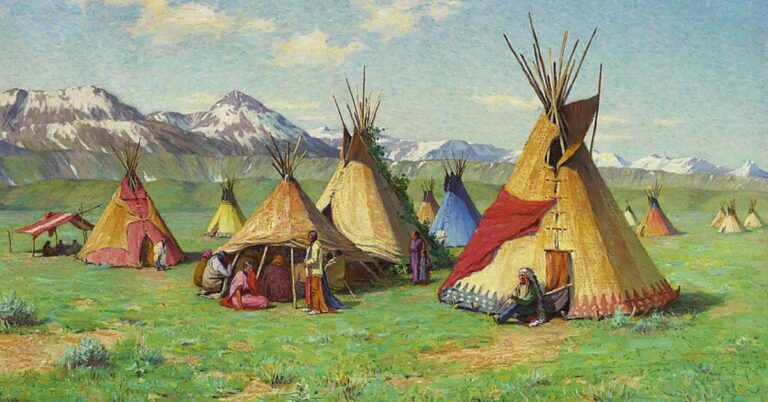Journey Through 25 Legendary Literary Locations In America
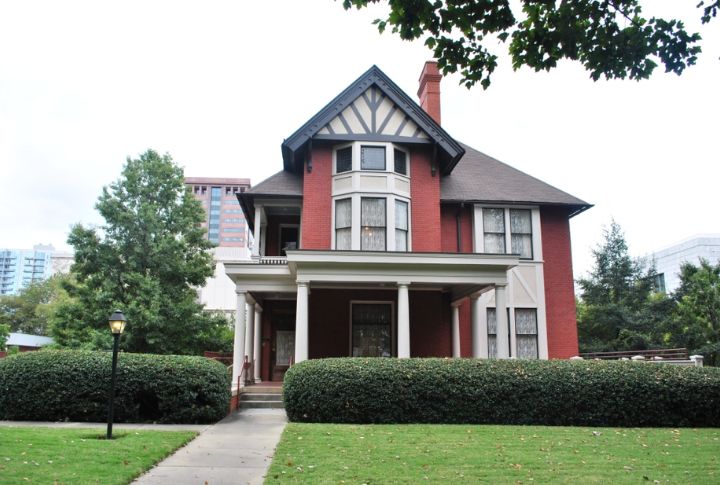
Have you ever wondered where your favorite authors found their spark? Behind every great novel is a place that shaped the words we now treasure. These literary destinations offer a rare glimpse into the spaces where imagination took flight. Each one tells a different story, reflecting the life and times of the authors.
The Mark Twain House

Some stories feel like they were written in the air of their surroundings. Mark Twain’s home in Hartford, Connecticut, is one of those places. Built in 1874, this grand Victorian Gothic house became the backdrop for some of his most well-known works, including “The Adventures of Tom Sawyer” and “Huckleberry Finn.”
Emily Dickinson Museum
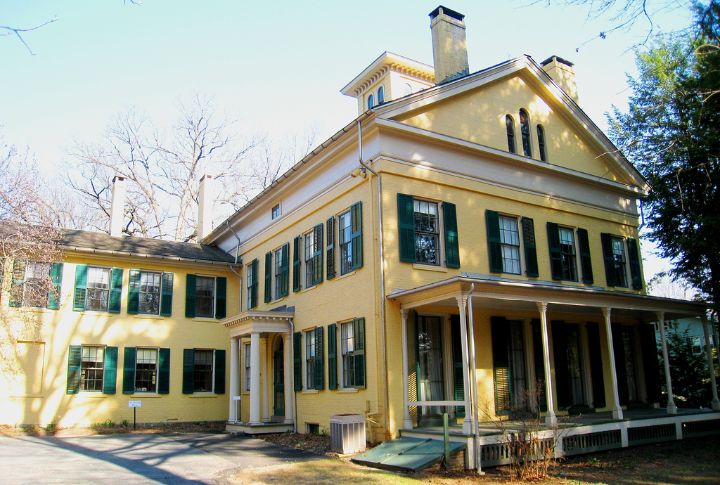
Emily Dickinson rarely left her home, but her words traveled the world. Her Amherst, Massachusetts house, where she wrote nearly 1,800 poems, remains a quiet place to a mind that found endless inspiration in the ordinary. It even preserves her original dress and personal letters, shedding light on the enigmatic woman who reshaped American poetry.
The Ernest Hemingway Home
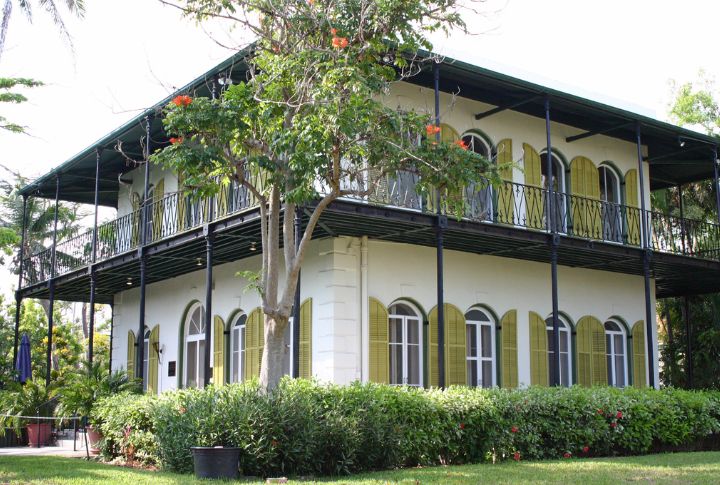
This Spanish colonial house became Hemingway’s residence in the 1930s and remains one of the most famous literary homes in the country. The house is notable for its lush gardens, a grand pool (one of the first in Key West), and the descendants of Hemingway’s beloved six-toed cats.
Louisa May Alcott’s Orchard House
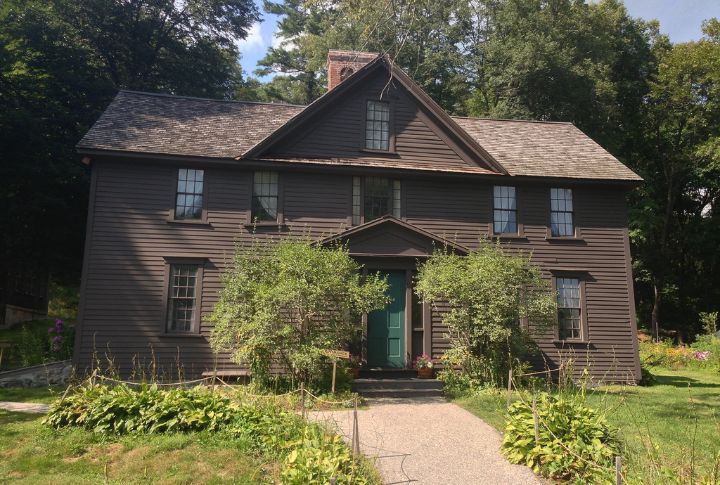
Orchard House in Concord, Massachusetts, is where Louisa May Alcott brought the March sisters to life. What makes it unique is how much of the home remains unchanged from Alcott’s time. Her writing desk (built by her father) is still in place. It was in this very room that she wrote “Little Women” in 1868.
The Poe Museum
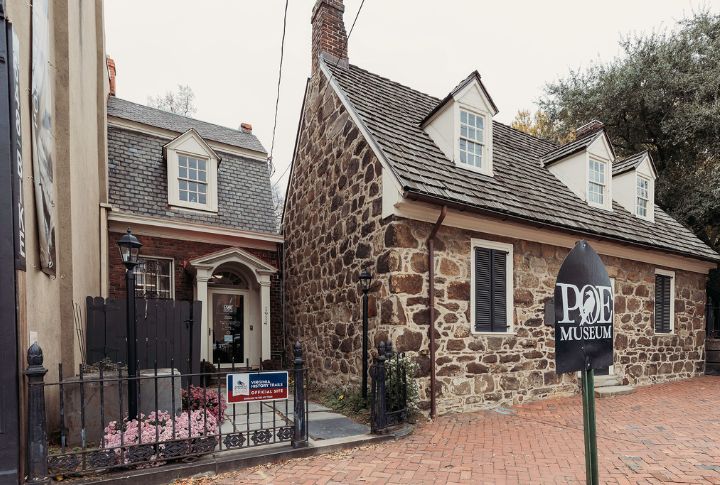
“All that we see or seem is but a dream within a dream.” Poe knew how to create an atmosphere of mystery. Richmond was one of his most significant homes. The museum contains the first editions of his works and even the only known surviving piece of his clothing.
Walden Pond

Henry David Thoreau believed in simplicity, and Walden Pond was his sanctuary. He spent two years in a tiny cabin on its banks, writing “Walden” and contemplating life. The pond still shimmers under the Massachusetts sky to invite visitors to slow down and reflect on their existence.
The Library Of Congress
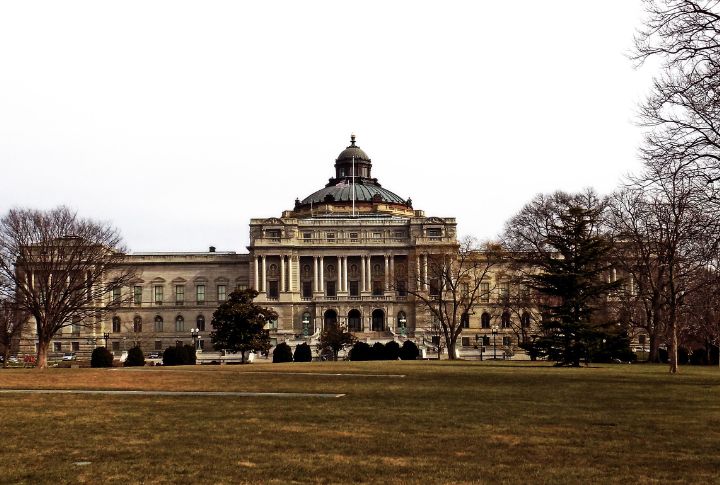
Founded in 1800, this Washington institution holds millions of books, including Thomas Jefferson’s personal collection. Beyond its sheer size, it is a symbol of knowledge and storytelling. The library also houses literary treasures like a Gutenberg Bible and rare drafts of iconic works. It’s a place where books are not just preserved but revered.
The Thurber House
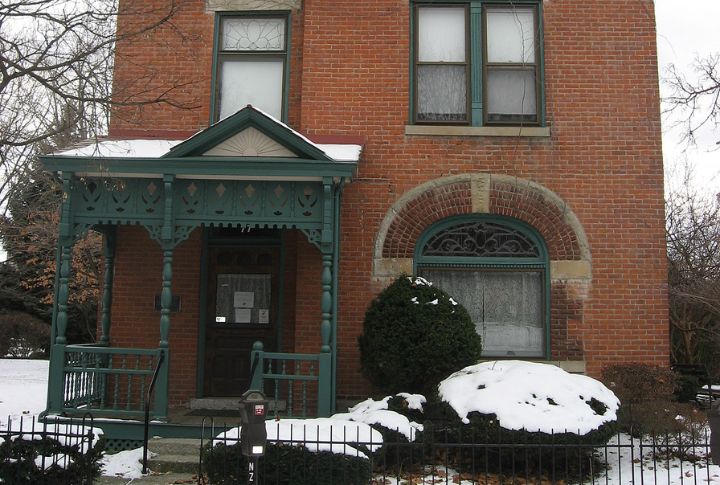
James Thurber saw the world through a humorous lens, and his childhood home in Columbus, Ohio, reflects that spirit. Now a literary center, the house is filled with personal artifacts and writings. Thurber, best known for “The Secret Life of Walter Mitty,” often wrote about his childhood in this very house.
The Morgan Library & Museum
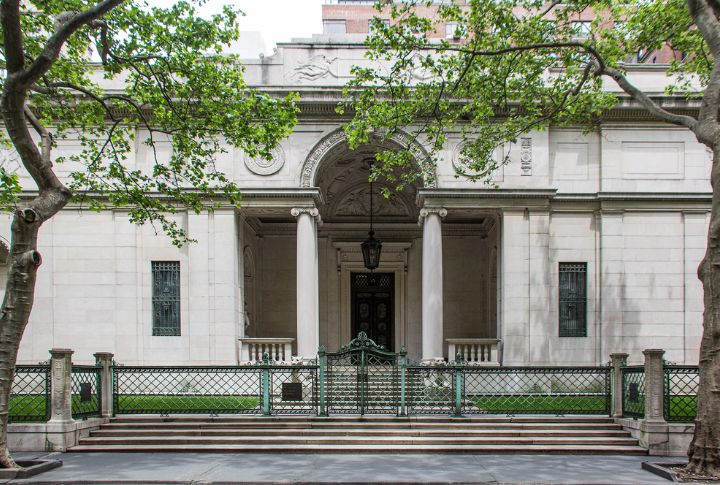
Few libraries feel as grand as the Morgan Library in New York City. Once the private collection of financier J.P. Morgan, it now showcases rare manuscripts, which include handwritten works by Charles Dickens and Jane Austen. The illuminated manuscripts and breathtaking rotunda create an atmosphere that’s like stepping into a literary wonderland.
The Kerouac House
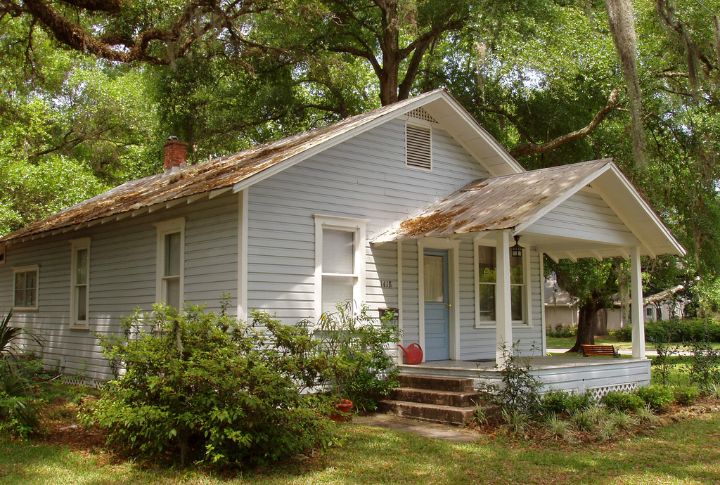
Jack Kerouac’s words were restless, always searching. But for a time, he called this small Orlando home his own. It was here that he lived when “On the Road” was first published. Now a writer’s residency, it continues to inspire those looking for their next great adventure in words.
The Faulkner House Books
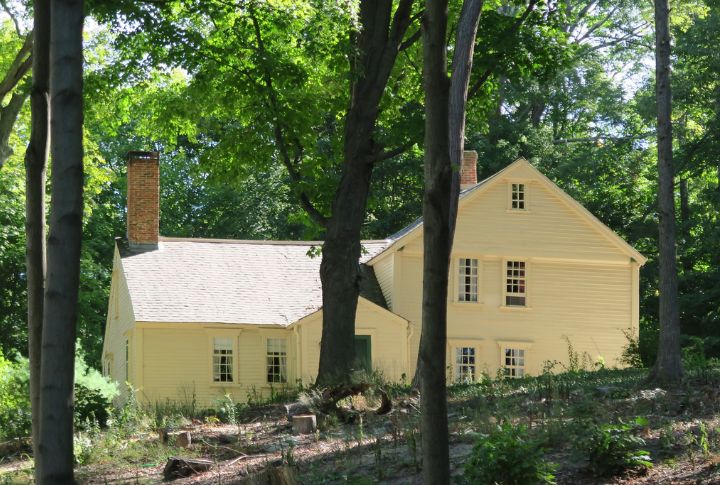
William Faulkner’s literary legacy lives on in the heart of New Orleans’ French Quarter. This charming townhouse now houses Faulkner House Books, an independent bookstore specializing in rare and classic literature. The intimate space is lined with shelves brimming with carefully curated editions, making it a book lover’s dream.
The House Of The Seven Gables
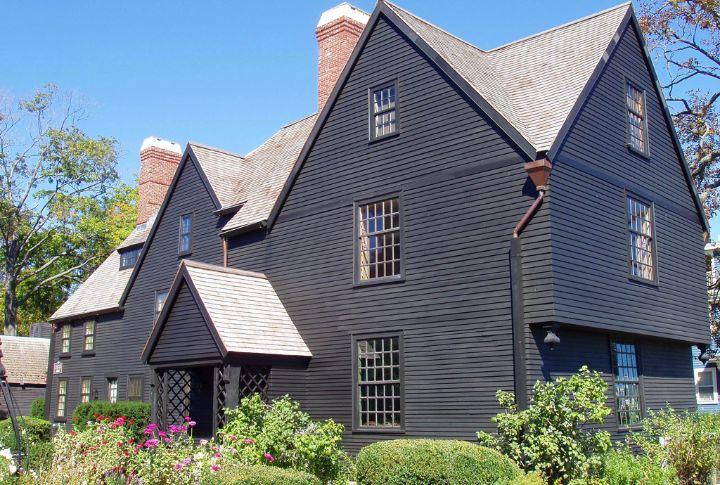
Nathaniel Hawthorne’s famous book “The House of the Seven Gables” is rooted in reality. The 17th-century mansion in Salem inspired his gothic masterpiece to draw on the history and eerie beauty of the home. The house offers a glimpse into colonial life while showcasing Hawthorne’s deep ties to Salem’s haunted past.
Herman Melville’s Arrowhead
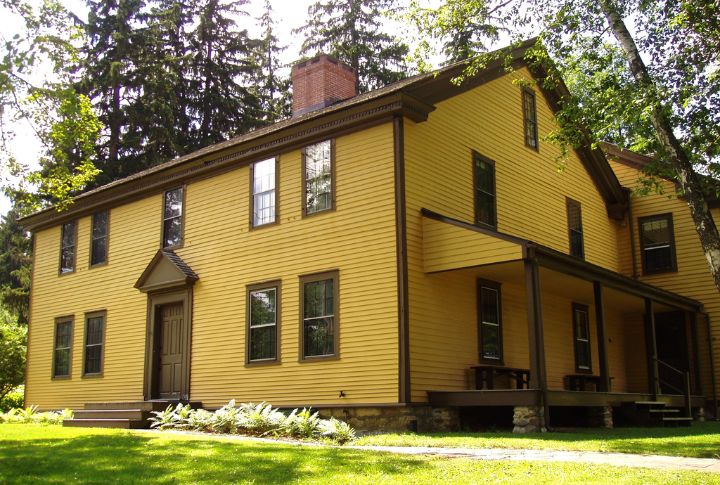
In the quiet countryside of Pittsfield, Massachusetts, Herman Melville found the solitude he needed to write “Moby-Dick.” Arrowhead still stands with its study overlooking Mount Greylock—many believe it inspired the vastness of the ocean in his novel. Melville often gazed at the horizon while writing, his imagination filled with visions of Ahab and the great white whale.
Zora Neale Hurston’s Eatonville
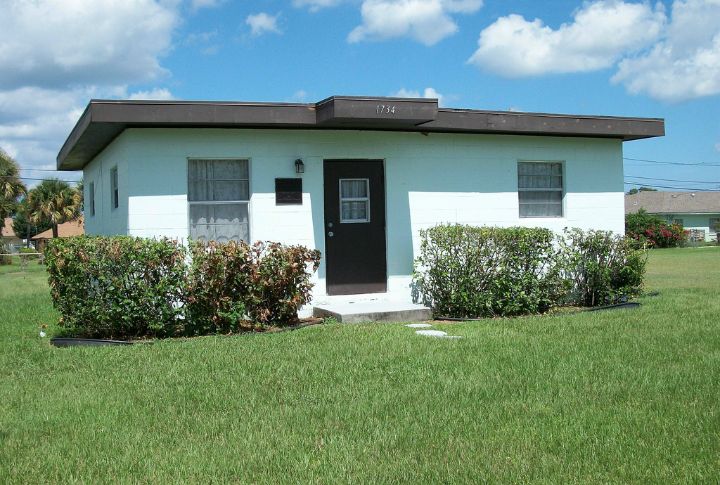
Eatonville is the soul of Zora Neale Hurston’s storytelling. As one of the first self-governing Black towns in the U.S., it played a central role in her works, including “Their Eyes Were Watching God.” Walking through the streets of Eatonville, visitors can experience the world that Hurston so vividly described.
F. Scott Fitzgerald’s St. Paul Home
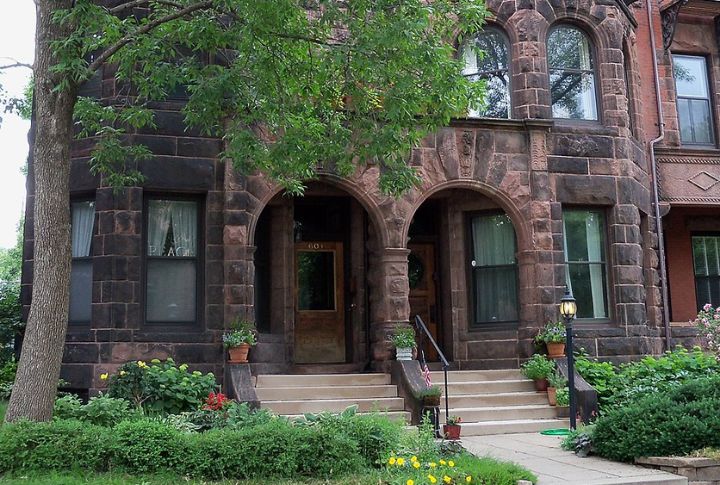
The world knows F. Scott Fitzgerald for “The Great Gatsby,” but before the roaring twenties, there was St. Paul, Minnesota. This Midwestern city was where Fitzgerald was born and where he wrote his first novel, “This Side of Paradise.” The neighborhood’s grand homes and social circles certainly shaped his future themes of wealth and ambition.
The Beat Museum

The Beat Generation shook the literary world, and their influence still lingers in San Francisco. A tribute to writers like Jack Kerouac, Allen Ginsberg, and William S. Burroughs, the Beat Museum showcases rare manuscripts and original copies of “On the Road” and “Howl.”
The Steinbeck Center

John Steinbeck captured the American experience like few others, and his legacy lives on at the Steinbeck Center in Salinas, California. This museum showcases personal letters and exhibits that transport visitors into “The Grapes of Wrath” and “Of Mice and Men.” The surrounding farmland remains unchanged to offer the world of the itinerant workers.
Mark Twain Cave & Campground
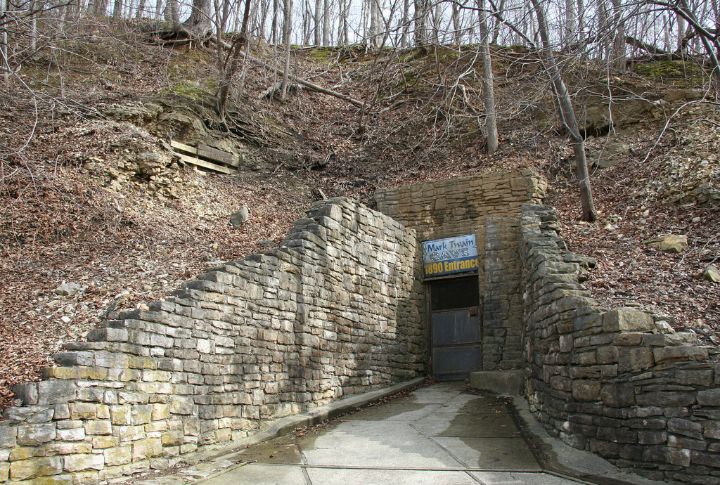
Few places bring literature to life, like the Mark Twain Cave in Hannibal, Missouri. This limestone cavern later became the setting for “The Adventures of Tom Sawyer.” The twisting passageways match Twain’s vivid descriptions. Guided tours take visitors through the same dark corners that inspired the fictional adventures of Tom and Becky Thatcher.
Langston Hughes House

Harlem was the heart of the Harlem Renaissance, and Langston Hughes was one of its most powerful voices. His home on East 127th Street in New York City still stands as a symbol of literary and cultural history. The building’s facade serves as a landmark to draw admirers who appreciate Hughes’ lyrical poetry and activism.
Harriet Beecher Stowe Center
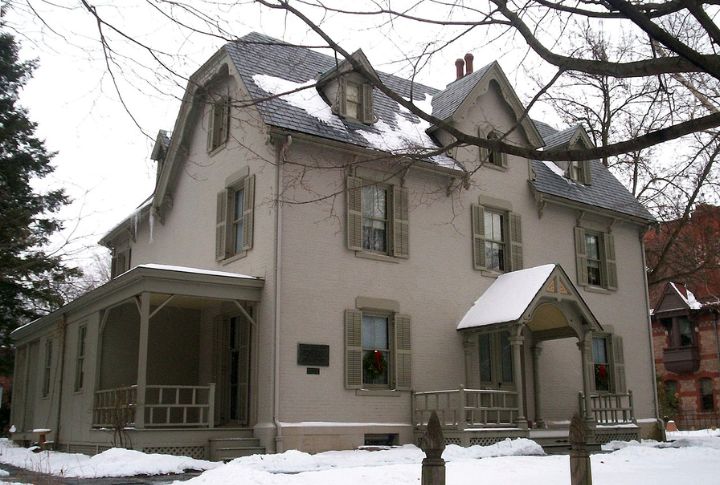
Few books have shaped American history, and the Harriet Beecher Stowe Center preserves the legacy of the woman behind it. Stowe’s home offers insight into her passion for abolition and reform. Letters and documents housed here reveal the profound impact her novel had in sparking conversations about slavery and justice.
The Walt Whitman Birthplace

This simple Long Island farmhouse is where he was born in 1819. The home features period furnishings and original beams to transport visitors to the world that shaped his first thoughts. Outside, his gaze set toward the open road. Inside, exhibits explore his work and groundbreaking contributions to American poetry, particularly “Leaves of Grass.”
The Margaret Mitchell House
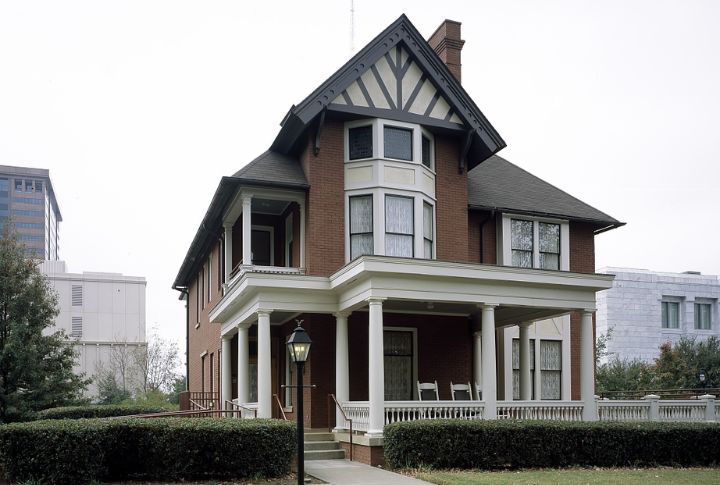
Located in the heart of Atlanta, the modest brick apartment where Margaret Mitchell wrote “Gone with the Wind” proves that grand stories don’t always come from grand settings. Mitchell penned her epic Southern novel in a one-bedroom apartment she jokingly called “The Dump.” Stepping into the apartment, it’s easy to picture her at her desk.
Flannery O’Connor’s Andalusia Farm
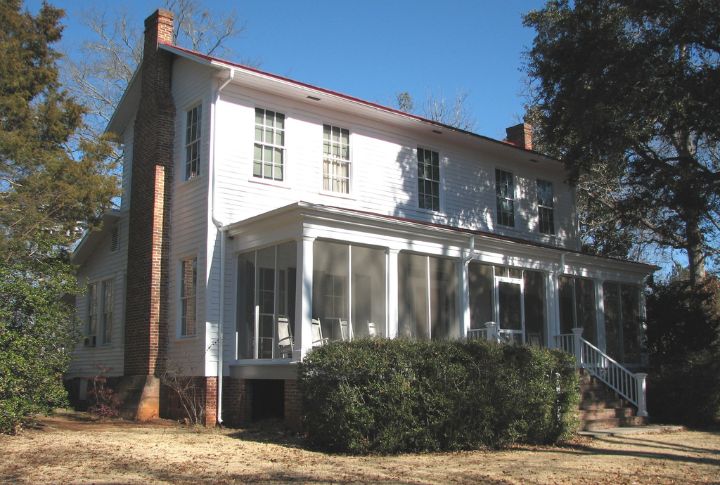
Flannery O’Connor found inspiration in the Southern scenery, and Andalusia Farm remains a place steeped in her presence. This quiet farm was where she wrote much of her best work, including “A Good Man Is Hard to Find.” O’Connor retreated to Andalusia but continued writing with unwavering focus.
The Edgar Allan Poe Cottage
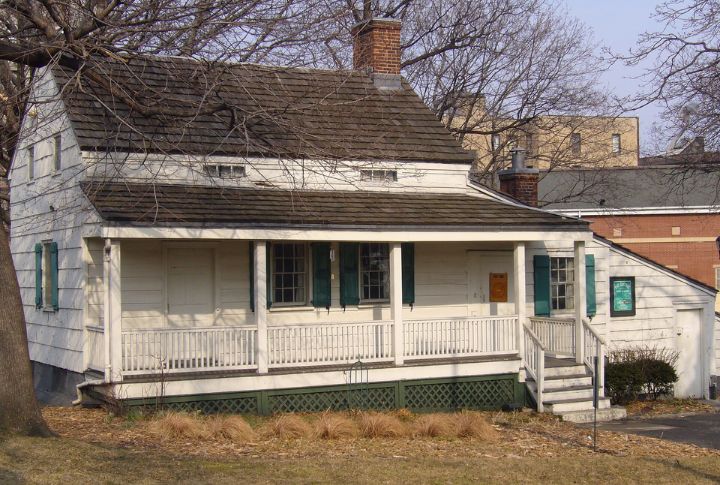
In the final years of his turbulent life, Edgar Allan Poe sought refuge in a tiny cottage in the Bronx. This humble home stands in stark contrast to the dark, elaborate imagery of his work. A sparse writing desk remains the place where he likely penned some of his last poems, including “Annabel Lee.”
The American Writers Museum
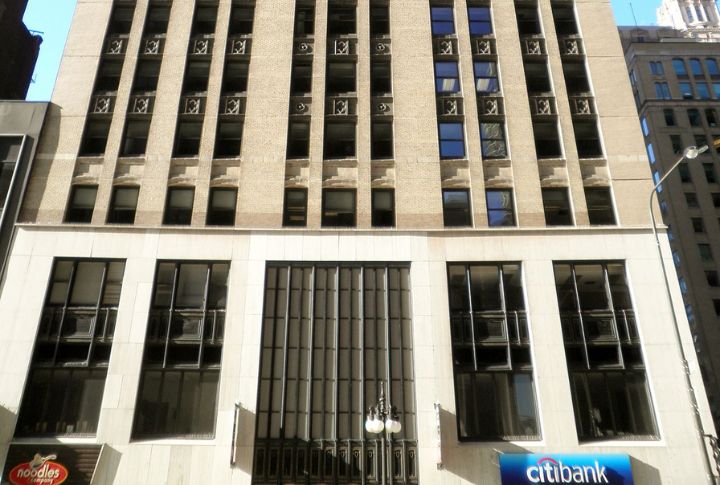
Unlike the other stops on this list, the American Writers Museum in Chicago isn’t tied to just one author. This interactive museum is a love letter to American literature that showcases the works and lives of countless writers. Through immersive exhibits and engaging displays, visitors gain a deeper understanding of the nation’s literary heritage.






